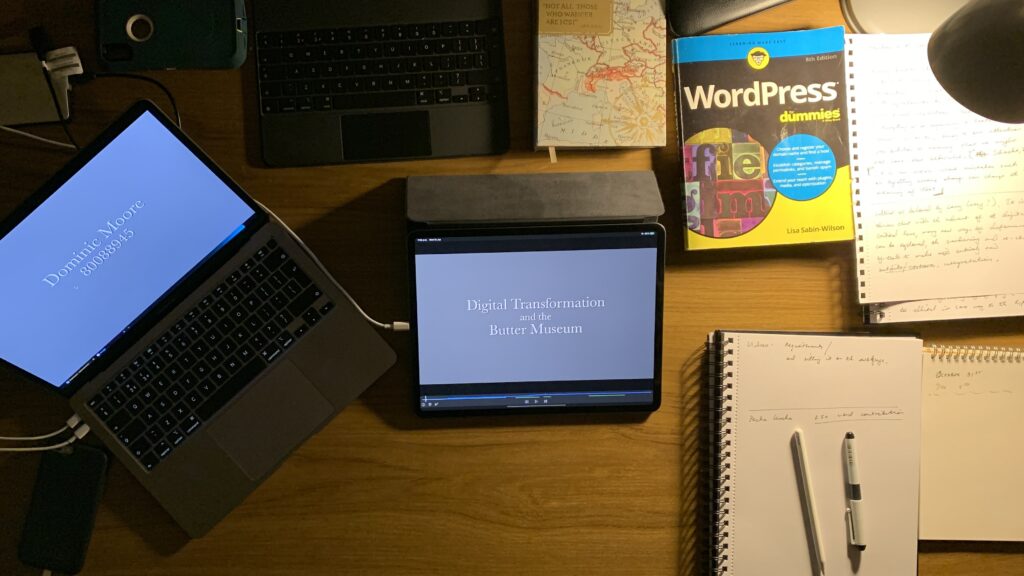WRACK
The Theme
The idea for this artwork was initiated by a visit to the dentist and a tooth extraction – it was the first one I’ve had in many years (since I was a child) and it evoked a very deep emotional response: something I had never quite felt before. I became aware of my body and how it is slowly failing; and I realised that I would like to express that in some way.
As Michael Caine says, “nothing a lot of people know….” (this): I won the Texaco Art Competition when I was eight years old; and I thought it might be interesting to link the two events.
At the same time, I could see the city of Cork slowly crumbling around me – everywhere you walk in the town, buildings are leaning out into the streets or upholstered by metal girders. The city – Cork (Corcaigh: Marsh as Gaeilge) – is reconciling itself to its true nature by sinking back into the ground, as we all will do some day; and I saw a connection in the way I was feeling physically, and the physical presentation of the city. So I tried to reconcile these three ideas – me now, an early success I had as a young boy, and the crumbling city.
Also, the wind to me has always been the messenger of the past – voices heard on the wind are voices from another time and conveyed by this element as a message to you. I thought it might be interesting to take this idea – voices on the wind – and integrate it into this connection as well, since I was dealing with the nature of time gone.
The Process
As I was interested in the idea of the physicality and ‘mortality’ of buildings, I visited the site of a neighbour’s house before it was demolished – a house that meant a lot to me as a child – and took some photographs; and I retrieved an item (a piece of kitchen lino) from the site after the house had been pulled down. I saw a connection between the piece of lino and the prize-winning painting – I saw them as ‘icons’ that carried power in the message I was trying to articulate – and I initiated a process where I began to explore how to represent them properly. I saw them as standing alone – I didn’t want them to be compromised by surrounding photographic context. So I selected and separated them in Procreate and rendered them as TIFFs. In Photos, I added sharpness, brilliance, vibrance amongst other things to give them a ‘hyperreal’ quality. I also created in Procreate a background used in the video – one that looked ‘starry’ but deliberately artificial – splotches and blotches of paint.
As I walked around the city, I recorded ‘wild track’ on my iPhone – anything I found interesting: motors, the wind, people socializing at a park near my home during an impromptu festival. I also recorded ‘atmos’ – a dull hiss – by leaving the iPhone record empty noise for long periods of time, and going back in later and editing this is in VoiceMemo to remove any extraneous sounds or ‘bits’ (this ‘hiss’ to me is the element of machinery – the imposition of technology; I wanted to bring it in as a conveyer of ‘artificiality’ which I hoped would add a feeling that was useful).
I would think about what I wanted to do separately to when I actually worked. When I edited, I worked almost without thinking, like writing, in a stream of consciousness. I found that elements of material played off each other by accident – and I allowed that to happen. I found a correspondence between what I was doing and other work (such as that of Tianzhou Chen) – the integration of disparate elements (sound, footage, photos) and the creation of new and surprising combinations that had an integrity all of their own, and this encouraged me onwards. I noted that Ann Hirsch (Scandalishious) had emphasised the strength of working impulsively: ‘work first, understand later’, and this gave me confidence.
As time went on, I began to realise that I also wanted to tell some kind of story and also give the work a form of resolution that the video format would find applicable, so I began to seriously think about the construction of a beginning, middle and end to the work – this conflicted with an idea to ‘keep it lean’ that went on throughout the whole making (I deleted the sound of a ticking clock that may have given some explanation to parts of the video, but surmised it wasn’t necessary in the end). I also made an attempt to link some of the disparate material to give the piece a more narrative feel. I realised that I had a responsibility to the viewer almost more than myself and giving the video a ‘form’ would do it credit – I hoped! Toward the end of the process, I brought in video pieces and photos that I had shot at the very start. I then combined these pieces with ‘conflicting’ audio, but they worked in new ways that were gratifying.
In the end, I realised I had created some sort of love song to myself, to the boy I once was, and to the city.
Dominic Moore
May 2021

